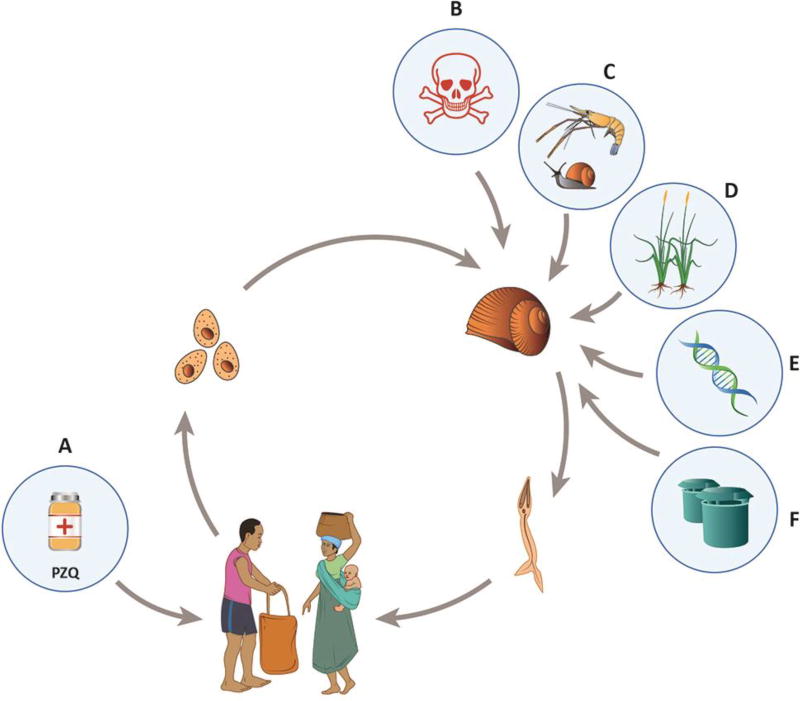Figure 1. The Schistosoma sp. lifecycle and snail control strategies.
human to snail transmission occurs via free-living miracidia released from eggs in urine and feces; and snail to human transmission occurs through free-living cercariae that exit infected snails into the water, seeking new vertebrate hosts. Control strategies should combine (A) human drug treatment or preventive chemotherapy with praziquantel (PZQ) with (B-F) creative methods to control infected snails such as: (B) chemical molluscicides; (C) natural enemies; (D) habitat modification; (E) creative technologies such as gene drive; (F) traps or repellants and other out of the box strategies.

